Weekly check-ins represent a very good way to encourage employees to take ownership of their individual tasks and projects. They provide an opportunity for independent and asynchronous check-ins for employees who are still building self-confidence and a culture of two-way feedback. This practice enables agile movement and change.
Weekly check-ins are not a replacement for individual 1-on-1 meetings between the manager and employee. The personal approach represents a fundamental management practice, especially when working with virtual teams where face-time doesn’t happen spontaneously in the workplace.
Regular 1-on-1 meetings
Face-time is especially important for building mutual relationships and trust and represents the foundation for personal accountability and achieving results. It represents a practice through which managers support the growth and development of their employees and help them solve problems and challenges they face.
Weekly meetings, however, represent an opportunity to maximize the effect of 1-on-1 meetings, due to the fact that these meetings require more time and joint scheduling of a specific time during the week. With well-structured weekly check-ins, meetings gain effectiveness and efficiency.
Through weekly meetings, managers receive regular status updates on tasks that represent topics for discussion in 1-on-1 meetings, where possible problems and challenges of employees are resolved. They also enable focus on the most important topics and creation of a list of topics for the next 1-on-1 meetings.
A regular rhythm of one-on-one meetings is recommended — same day and same time, and the frequency can be once every one or two weeks, lasting 30 to 60 minutes.
Spontaneous messages, phone or video calls
It represents good practice when managing a virtual team, at certain periods, for the manager to contact employees through a message, video or phone call — just to check how they are feeling and what the situation is. These messages or calls should be brief and contain short questions such as:
- How are you?
- What is the status of project X?
- What is the latest status on task Y?
- Is there anything I can help you with?
- What is your opinion on topic XYZ?
Sometimes these check-ins can last a few minutes, up to 45 minutes, but they are characterized by not having any particular agenda — they are more about support and checking the pulse of the team.
Availability period for employees
With the very fact that the team is not working in an office and is not physically located together, employees don’t have the opportunity to contact the manager at any time for a question, challenge, or to get certain direction.
Managers should define several hours of availability weekly in their calendar — a period in which employees or colleagues will be able to contact them for all important questions or simply for advice.
Enabling availability for all important challenges and problems that arise during the week increases closeness with employees and colleagues and gives a sense of connection and expected support.
Evaluating results and quality of work
Weekly check-ins and one-on-one meetings provide a good rhythm for assessment, control, and monitoring of task and project completion. However, this practice does not represent a sufficient basis for long-term evaluation and development.
For evaluating results and quality of work, it is recommended to review the completion of tasks and projects retrospectively, at a frequency of 2 to 4 times per year. In doing so, the subject of evaluation should not only be completed tasks, but also future development of employees going forward.
Do you need help?
If you need help or advice related to managing virtual teams, contact us at the e-mail addresses and phone numbers found on our website: www.vivendumsolutions.com.mk.





